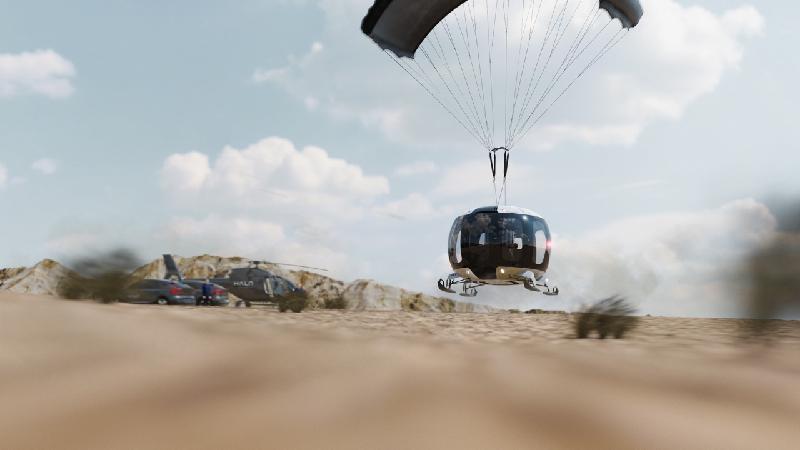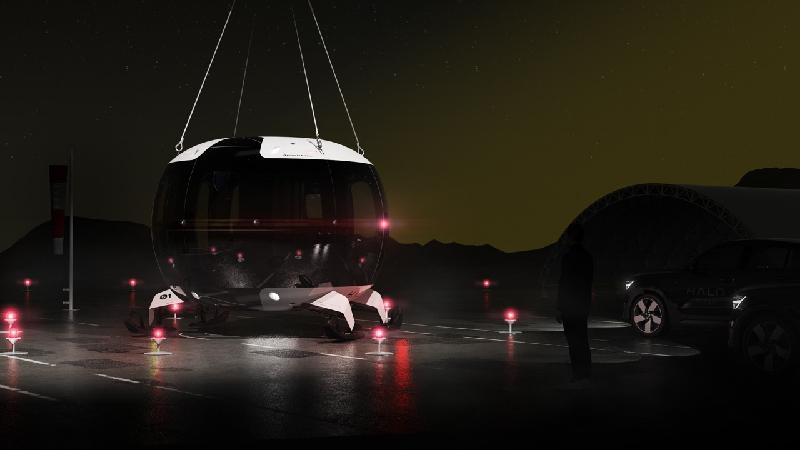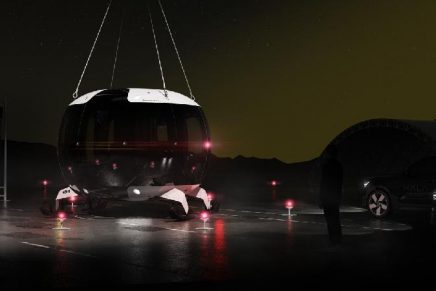HALO Space Announces Second Test Flight, Accelerating Mission to Transform Space Tourism.
Riding High: HALO Space Takes Passengers to New Heights in 2025.
HALO Space, a global company in the space tourism industry that was developed through Arthur D. Little’s Breakthrough Incubator Program, has recently announced the next phase of its mission to launch a cutting-edge, edge-of-space experience. Following a successful test flight in India last December, HALO Space’s second test will take place in southern Spain later this year.
The company is dedicated to providing the “Overview Effect” to 10,000 passengers by the end of this decade. This transformative experience enables passengers to observe both the curvature of the Earth and the darkness of space. Starting in 2025, HALO Space will lift eight passengers per flight up to 40 kilometers into the stratosphere for an experience that lasts between four to six hours.
HALO Space’s goal is to become the leader in the commercial space travel market while also providing a safe, sustainable, and eco-friendly travel option. According to analysts, the space tourism market is expected to reach $14 billion by 2030. Arthur D. Little has supported HALO Space since its inception and has a long history in space technology, stretching back to the Apollo missions of the 1960s.
Thomas Kuruvilla, Managing Partner of Arthur D. Little Middle East and a member of HALO Space’s Board of Directors, stated that HALO Space owes its existence to Arthur D. Little’s Breakthrough Incubator program, and the upcoming test flight is a crucial milestone in the development of space tourism. HALO Space has successfully tested each component of the HALO concept, including the stratospheric balloon, capsule prototype, onboard systems, and descent with parachute, in collaboration with its technical partners. This demonstrates that the technology and safety measures are in place to make suborbital flights accessible to civilians in the near future.
HALO Space aims to offer affordable space travel, with prices ranging from $100,000 to $200,000, enabling it to conduct 400 commercial trips annually, carrying up to 3,000 passengers from 2029. This will make space travel accessible to millions of people, encouraging a new generation of explorers and innovators to push the limits of what is achievable in space.
Carlos Mira, HALO’s CEO, and a senior advisor at Arthur D. Little, emphasized that HALO Space is poised to revolutionize near-space tourism, making it possible for ordinary people to witness the beauty of our planet from a unique perspective. By expanding access to space, the company hopes to democratize access to space and create a more inclusive future for humanity.
HALO Space has designed and built its innovative HALO system, in collaboration with five leading aerospace companies. The system sets safety standards for near-space operations and systems, and will operate year-round from spaceports on four continents, based on weather conditions, topography, airspace, and tourist appeal.
The ascent and descent are smooth and safe, making it possible for adults of all ages and physical abilities to experience this once-in-a-lifetime adventure. Furthermore, the company is committed to operating sustainable, eco-friendly flights, aligning with its environmental responsibility principles.





